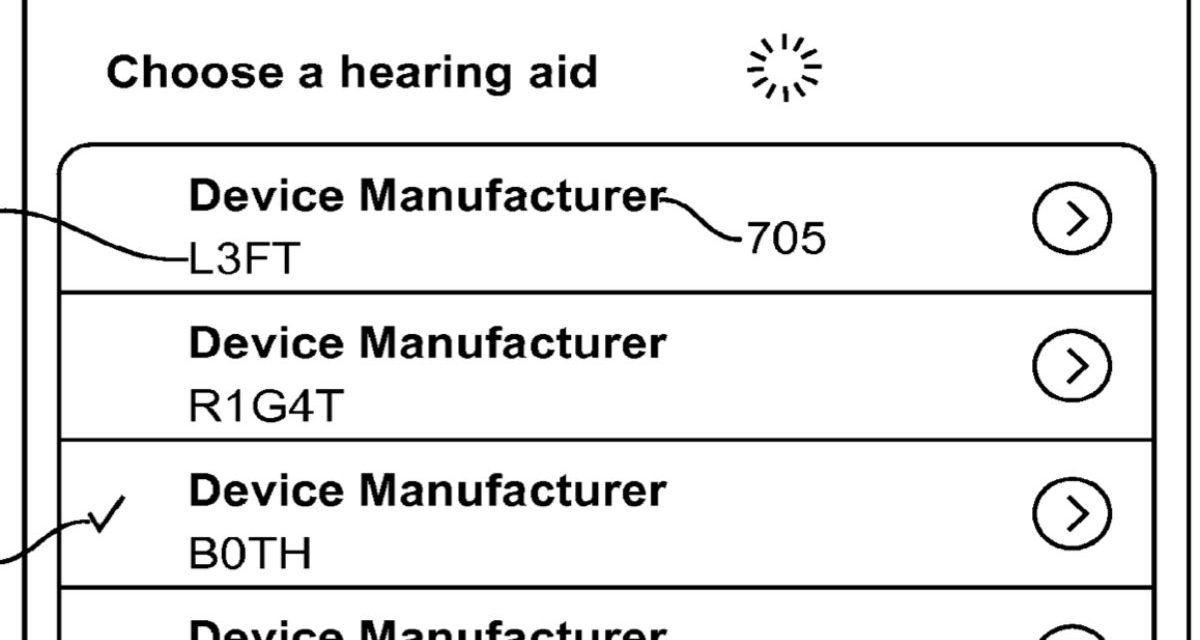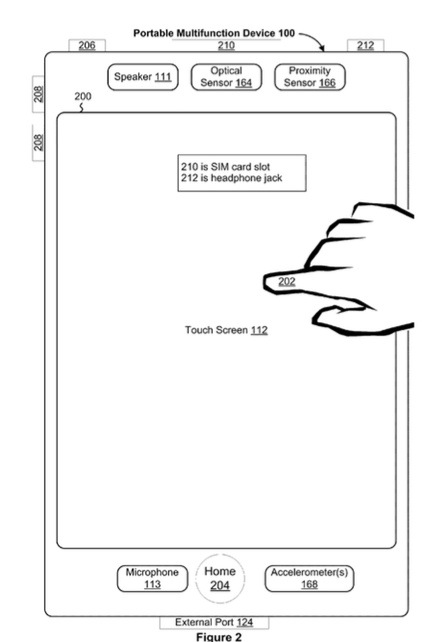Apple has been granted a patent (number 11,019,418) that would allow iPhones to control hearing aids.
In the patent data, Apple notes that modern hearing devices are high tech computing devices equipped with multiple speakers and types of speakers and are capable of receiving sound data from multiple audio data sources such as microphones attached to the hearing device as well as being able to stream audio data directly to the hearing device. However, with this advancement in technology comes an increase in the control and flexibility of hearing devices. For example, hearing devices can be adjusted to perform optimally in multiple environments.
Of course, modern hearing devices can be very small and placed discreetly inside the ear, almost unnoticeable to others. Basically, that’s good, right? However, Apple notes that while creating smaller, more powerful and more flexible hearing devices has plenty of benefits over older styles, one problem that has arisen is the ability to easily and quickly changing settings on the hearing device.
For example, smaller hearing devices leave less room for buttons to change settings and are inconvenient to reach when placed within the ear. What’s more, with the highly specialized functionality that can optimize performance based on different environments, the settings need to be constantly changed to receive the full benefit of the hearing device. For these reasons Apple says there exists a need to be able to quickly and easily change the settings on a hearing device. The company thinks an iPhone could do just that.
Here’s the summary of the patent: “An electronic device with a display is paired with a set of wireless audio output devices, including a first wireless audio output device for outputting audio to a right ear of a user and a second wireless audio output device for outputting audio to a left ear of the user. In response to a request to display status information about the set of wireless audio output devices, the electronic device displays a status user interface, including concurrently displaying a first battery status indicator for the first wireless audio output device with an indication that battery status indicator relates to the device for outputting audio to the right ear of the user and a second battery status indicator for the second wireless audio output device with an indication that battery status indicator relates to the device for outputting audio to the left ear of the user.”
Article provided with permission from AppleWorld.Today





